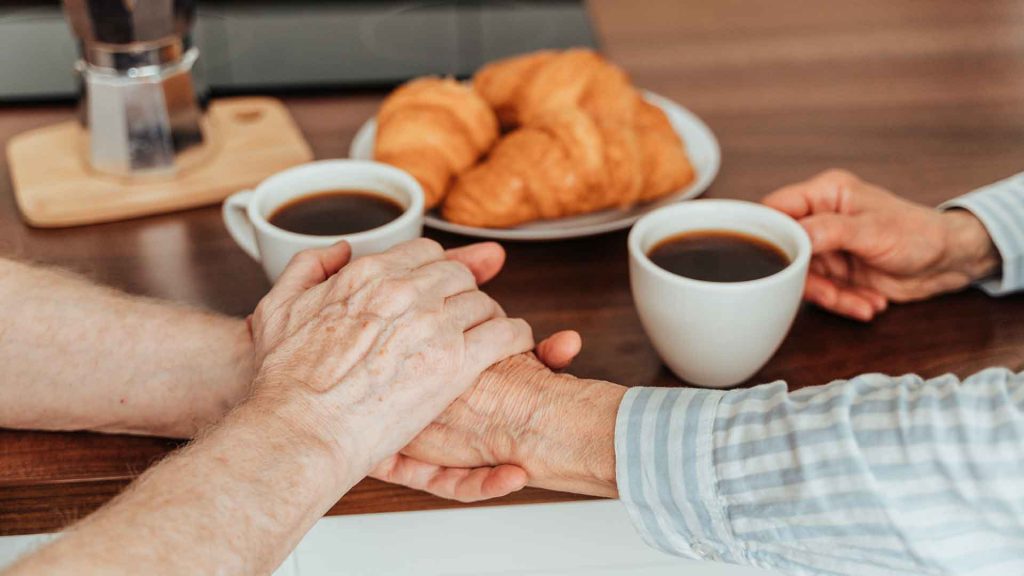Your brain is constantly evolving, changing and rewiring itself throughout your lifetime, thanks to a concept called neuroplasticity in which neural connections are constantly being generated when we learn and practice new skills.
That neuroplasticity is essential in stroke recovery, when the goal is to rewire the brain to undo the damage done by the stroke. In fact, neuroplasticity can help new connections can help stroke survivors learn how to walk, speak and perform other routine activities again during their stroke rehabilitation.
Neuroplasticity Defined
According to Oxford Languages, the engine that powers the Google Dictionary, neuroplasticity is defined as “the ability of the brain to form and reorganize synaptic connections, especially in response to learning or experience or following injury.”
Those synaptic connections play a role in basically everything we do. Our brains transmit and receive messages throughout our bodies via the extensive neural networks that comprise the nervous system–upwards of 100 trillion such connections!
In most cases of stroke, some of those connections are damaged, which negatively affects functioning. However, new connections can form due to the brain’s neuroplasticity to regain some of that functioning or learn new ways of doing things. .
The Role of Brain-Derived Neurotropic Factor
Brain-Derived Neurotropic Factor (BDNF) is a key contributor to neuroplasticity. BDNF is a protein that facilitates the growth of new neurons and connections. The good news is that you can take steps to boost your BDNF by:
- Exercising
- Consuming more polyphenol-rich foods and beverages, such as coffee, green tea, dark chocolate and berries, while reducing intake of inflammatory processed foods
- Minimize stress
- Socialize
- Spend time outdoors
- Get enough sleep
- Meditate
How to Activate Neuroplasticity and Use It To Your Advantage
How can you leverage neuroplasticity as a powerful tool in your stroke rehabilitation? Consider these tips:
- Start immediately – neuroplasticity is most powerful in the immediate aftermath of the event, so you should start your stroke rehabilitation as soon as humanly possible
- Expose yourself to novel activities – the brain takes notice when we experience something new, and this can lay the groundwork for stroke recovery.
- Repetition is your best friend. A single exposure is insufficient to make the new brain connections “stick.” Therefore it’s tremendously important to practice the exercises recommended by your therapists frequently in order to regain your skills or develop new ones to compensate for any deficits.
- Be patient – these changes won’t happen overnight, and the new connections can be disrupted in times of stress.
Make neuroplasticity work for you as you recover from your stroke. It’s amazing what your brain is capable of.
